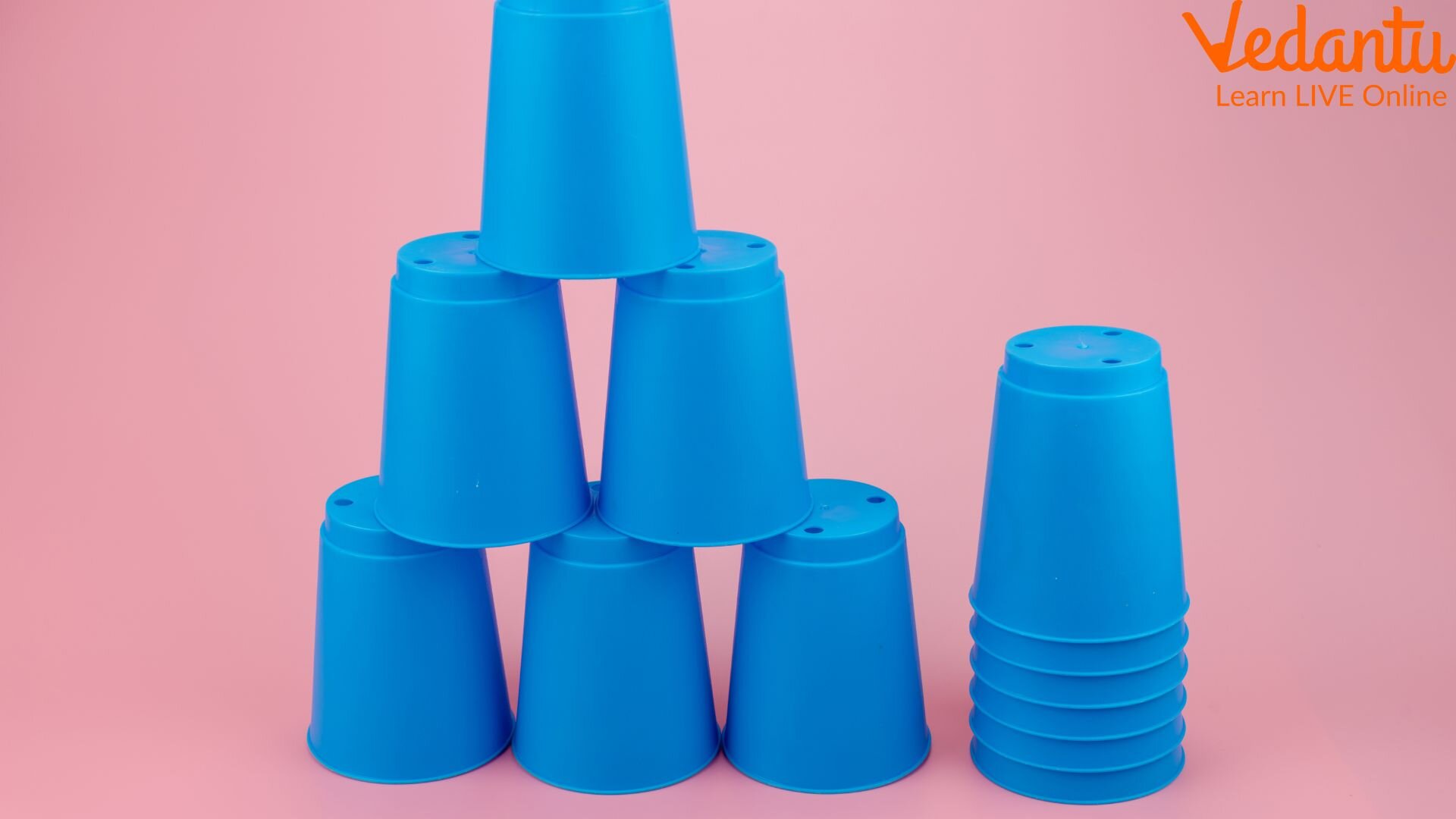How to Play the Famous Cup Stacking Game
Cup stacking is an excellent game that tests the hand-eye coordination of the players. It is a recognised sport where players stack cups at record speed and win the event. In this game, you need to stack cups to form a pyramidal structure. The fastest stacker will win the game. All you need to play this game is a set of drinking cups and a stopwatch.
This is one of the cup stacking games you can play with your friends. There are several other games you can play using plastic cups. The prime aim of these games is to test the cognitive and hand coordination of the players. Let’s read ahead to know how.
How to Play Cup Stacking?
You will be surprised to know that cup stacking has been a major event in the AAU Junior Olympics since 1981. It is a sport recognised by sports associations worldwide and is played by stackers across the world. Wayne Godinet is known as the inventor of this game.
Here is a list of things you will need to play cup stacking.
6 or 10 plastic cups
A hard surface such as a table
A stopwatch or a timer
Now that you have arranged these things, here is how you can play this fascinating game.

Cup Stacking Game and Its Rules
Step 1: Place the cups on the hard surface one after the other or stack them all together.
Step 2: A sequence is shown to the players. This sequence or shape needs to be followed to stack the cups.
Step 3: The one who starts stacking the cup will start the timer. Once he/she is done stacking, he/she will stop the timer and note down the time taken to stack the cups.
Step 4: All the players will do the same. The one who has taken the least time to stack the cups according to the shape and sequence will win the game.
Remember, the stacking sequence generally imitates a pyramid. It means if you take 6 cups, it will form a pyramid with three levels of 3-2-1 with three cups at the base. If you take 10 cups, it will make a pyramid of 4-3-2-1 with four cups at the base. This is how stacking cups can be fun.
In international events, the cup stacking game has the following genres.
1. 3-3-3 or 9 Cups
This is a genre where players will have to up-stack and down-stack 9 cups to form three pyramids of 2-1 sequence. All the cups need to be up-stacked the way they were to complete a round. The fastest stacker wins the game.
2. 3-6-3 or 12 Cups
In this event, a stacker will have to make three pyramids. Two of them will have a sequence of 2-1 stacking, whereas one will have a sequence of 3-2-1 stacking. The bigger pyramid will be in the middle of two smaller ones. All the other rules are the same related to up-stacking and down-stacking.
3. Cycle with 12 Cups
This stacking cup genre comprises four different segments.
3-6-3 stacking
6-6 stacking
1-10-1 stacking
3-6-3 stacking
All these stacking sequences will be completed sequentially. The fastest stacker will win the event. This is how to do cup stacking in an international event. The cups have the same size and weight as directed by the World Sport Stacking Association (WSSA).
How to Make Your Own Cup Game?
Making games with cups is easier. All you need is the right idea. Here is a set of ideas you can follow to make cup games at home.
1. Bowling
The rules of this game will be similar to that of the bowling we play at the game alleys. The bowling pins will be replaced by plastic cups. All you need is 10 cups and a ball. Stack the cups to form a horizontal pyramid. It means all the cups will be on the ground. Now, use the ball to dismantle the pyramid. Find out how many cups you have knocked down in one chance.
A player will get three chances to knock down all the cups. Keep the scoring rule simple. A player knocking all the cups at once will score 20. Rest, each cup will have 1 point.
2. Target Practice
For this game, you will need a ping pong ball and 3 cups. Try to hit the cups or put the ball in all the cups. You will have five chances to put the ball in all the cups once. Make sure the cups are placed a little far from you.
To make this game more interesting, you can add a little twist. Try putting the ball in a cup by bouncing it once. You can keep the cups standing on a table. Bounce the ball on it and try putting them in all the cups once.
Cup Games for Physiological Benefits
These types of cup games are designed to deliver exceptional physiological benefits. As these games are played by juniors, they help to develop excellent hand-eye coordination. The more you practice, the more you train your central and peripheral nervous system to align and stack cups.
The faster you stack cups, the better your hand-eye coordination. This phenomenon is called neuroplasticity. The neural connections can reorganise themselves to make such movements more fluidic and spontaneous.
Thus, playing these games increases your concentration and makes your hands more efficient. The Department of Exercise and Sports Science, University of Wisconsin, suggests that players develop ambidextrous capabilities when they master this cup-stacking skill. Hence, playing this cup stacking game will be fun and will improve your neuromuscular functioning.







